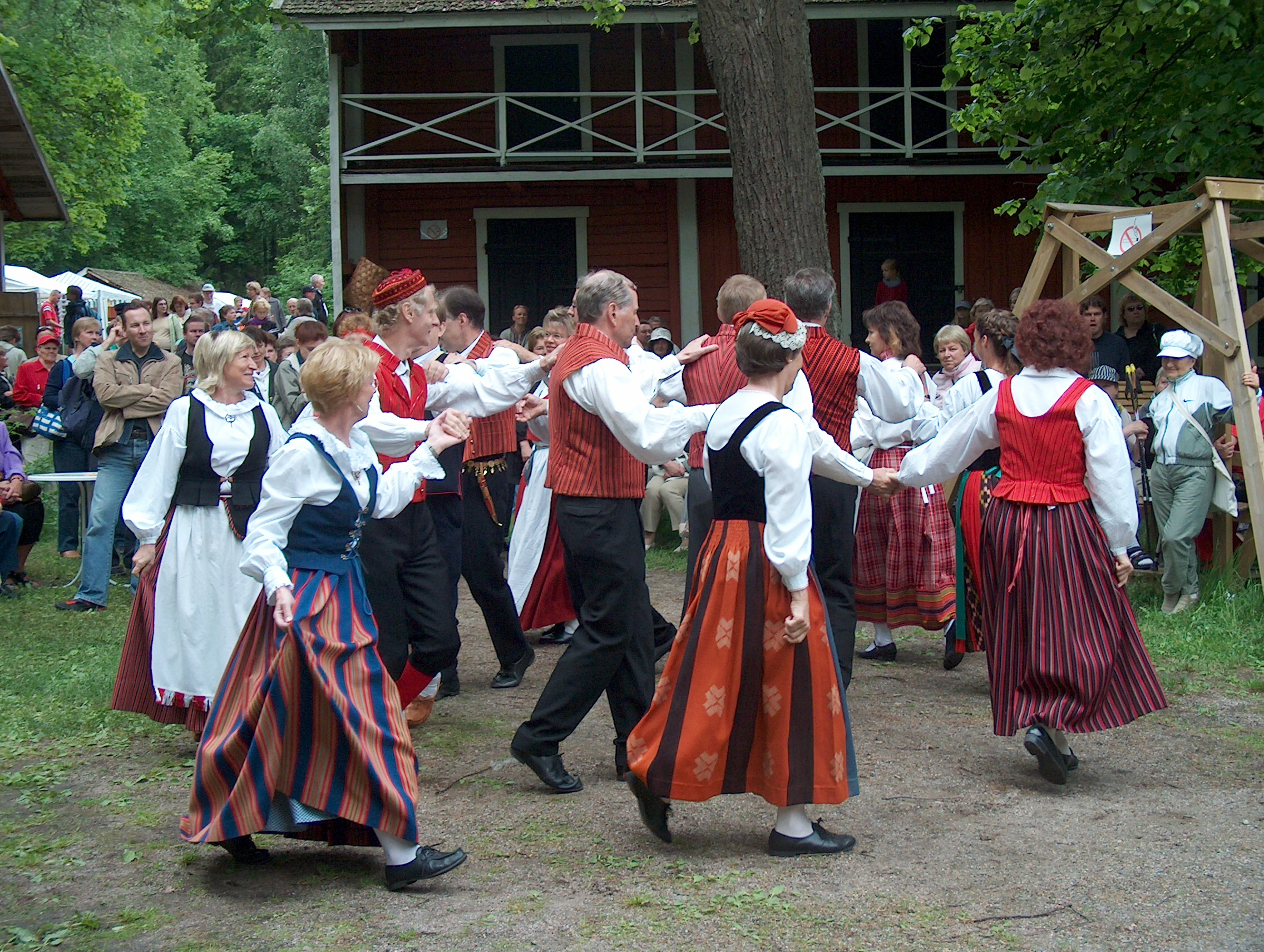Scandinavian international locations persistently rank because the happiest on the earth, and for excellent explanation why. Their societies are trustful and homogenous, with excessive GDPs in line with capita, lengthy existence expectations, and dependable infrastructure. Even their prisons, which emphasize rehabilitation over punishment and make allowance inmates to cook dinner their very own foods and develop their very own gardens, appear quite delightful.
However there’s any other, lesser-known statistic relating to Nordic international locations, one who to begin with seems to contradict the primary: their fondness of heavy steel track. A 2016 survey by way of the Czech linguist and mathematician Jakub Marian discovered that, whilst the USA best had round 72 steel bands for each million voters, Sweden had greater than 428. Finland got here out on most sensible with a grand overall of 630. Iceland and Norway, which had 341 and 299 in line with million voters, respectively, nonetheless ranked neatly above the 69 bands of the UK, heavy steel’s ancient birthplace.
It’s laborious to mention why heavy steel is so in style in Scandinavia, no longer the least bit as a result of this clear, content material, and filthy rich nook of the globe has so little in not unusual with where the place the style is thought to have discovered its voice: the grimy, overworked manufacturing unit flooring of post-war Birmingham. Over time, anthropologists and track historians have proposed many theories, probably the most convincing of which can be mentioned underneath.
Nordic or Scandinavian steel is extra melodic than its American and British opposite numbers. First rising within the Eighties, it may be divided into sub-genres explicit to every nation. Swedish loss of life steel, epitomized by way of bands like Meshuggah (identified for songs like Bleed and New Millenium Cyanide Christ), is loud and boisterous. Its deep and growling vocals stand in sharp distinction to its high-pitched and extra lyrical neighbor: Norwegian black steel, which is represented by way of bands like Mayhem (Falsified and Hated) and Emperor (I’m the Black Wizards). An identical comparisons may also be made between Finland, Denmark, and Iceland.
 Meshuggah appearing in Australia. (Credit score: Leposava / Wikipedia)
Meshuggah appearing in Australia. (Credit score: Leposava / Wikipedia)
Some argue that heavy steel has grow to be in style amongst Scandinavians as it lets them procedure emotions they can not simply specific in public. Nordic societies are notoriously introverted, valuing conformity over variety, and who prefer silence over meaningless small communicate. In Sweden, this disposition is if truth be told known as dödprat, or “lifeless communicate.” Individuals are anticipated to unravel their issues with out burdening others, and authentic friendship — whilst extraordinarily liked — could also be extraordinarily tricky to earn. In a rustic the place being loud and boisterous is in most cases observed as impolite and stressful, the liberty to scream at a live performance with out concern of judgment is also an impressive liberate.
Possibly Scandinavians are interested in heavy steel track as a result of its explosive sounds and violent imagery discuss to their Viking heritage. Scandinavian steel has been known as Viking steel, and plenty of songs chronicle or allude to the famed seafaring warriors. On most sensible of this, the frenzied state that heavy steel track inspires has been in comparison to the chants that Vikings used to sing to arrange themselves for struggle and strike concern within the hearts in their enemies. Digging deeper, Nikolas Sellheim, a student of Nordic historical past and tradition, argues that Nordic steel additionally serves to critique the type of “stereotypical assumptions of violent Viking enlargement” that experience grow to be so prevalent in overseas media in fresh many years.
Different well known explanations level to Scandinavia’s historical past of paganism, any other outstanding part of Nordic steel and its efficiency. The style’s darkish personality would possibly relate to the area’s unforgiving local weather and lengthy nights (the northernmost spaces don’t see any daylight from November to January), whilst its countercultural, anti-authoritarian stance can be a reaction to micromanaging governments.
 May Scandinavian steel discuss to Scandinavia’s Viking previous? (Credit score: Rdnk / Wikipedia)
May Scandinavian steel discuss to Scandinavia’s Viking previous? (Credit score: Rdnk / Wikipedia)
A relatively extra debatable although no much less fascinating idea holds that Scandinavian international locations gravitate towards steel exactly on account of their excessive happiness rankings, and no longer regardless of them. The underlying thought here’s that satisfied international locations use unsatisfied track as a type of escapism, simply as unsatisfied international locations use satisfied track as a coping mechanism. Although alluring, this type of clean-cut dichotomy falls aside the extra you scrutinize it. For instance, whilst cartel-controlled Mexico is known for its upbeat banda, salsa, and mariachi track, the rustic is aware of no scarcity of heart-wrenching ballads. In a similar way, although Sweden has extra heavy steel bands than another nation on the earth, it is usually house to Iskelmä, a time period that in the beginning referred to conventional people and dance track, however now denotes a variety of light-hearted, definitely charged pop songs.
A distinct point of view
Statistics may provide further solutions. Cameron DeHart, professor of philosophy on the College of California, Merced, argues that the worldwide distribution of heavy steel as defined by way of Marian may also be in large part attributed to wealth and democracy. City research theorist Richard Florida and economics professor Charlotta Mellander discovered a favorable correlation no longer best between a rustic’s fondness of heavy steel and its financial output, but additionally its ranges of creativity, entrepreneurship, and schooling.
Specializing in wealth, DeHart writes that financial and political prerequisites with regards to a society’s “capability to file and devour track” seem to be higher predictors for steel’s recognition than religiosity or self-satisfaction. Mellander, who teaches on the Jönköping World Industry Faculty in Sweden, attributes the excess of Scandinavian steel bands to the top quality (and obligatory) track coaching taught in Scandinavian colleges, which — as her colleague instructed Quartz — “created a technology with the musical chop to satisfy steel’s technical calls for.”
 Finnish people track is a some distance cry from Finnish steel, but the 2 are similarly loved. (Credit score: Annelis / Wikipedia)
Finnish people track is a some distance cry from Finnish steel, but the 2 are similarly loved. (Credit score: Annelis / Wikipedia)
Those observations are echoed in Edward Banchs’ Scream For Me Africa!: Heavy Steel Identities in Put up-Colonial Africa, which in a similar way refutes the perception that the appreciation for and prominence of steel is dependent totally on tradition as an alternative of trade. “The truth is the economics of Africa,” Banchs instructed NPR when requested why the continent has this type of small and underappreciated track scene. “Enjoying in a band is costly. The facility to get admission to excellent tools isn’t simple. Moreover, electrical energy [required to power electric guitars, microphones and amps] stays inconsistent in positive puts.”
Considered from this point of view, apparently heavy steel didn’t simply take root in Nordic international locations as it has some particular connection to Nordic tradition, historical past, and local weather, but additionally as a result of those international locations are wealthy sufficient to beef up a scene of this dimension.


